10 Creative Uses for Shipping Containers from Around the World
Do you know the many creative uses for shipping containers? There are plenty of creative, ‘outside the box’ uses for shipping containers. Here are a few.
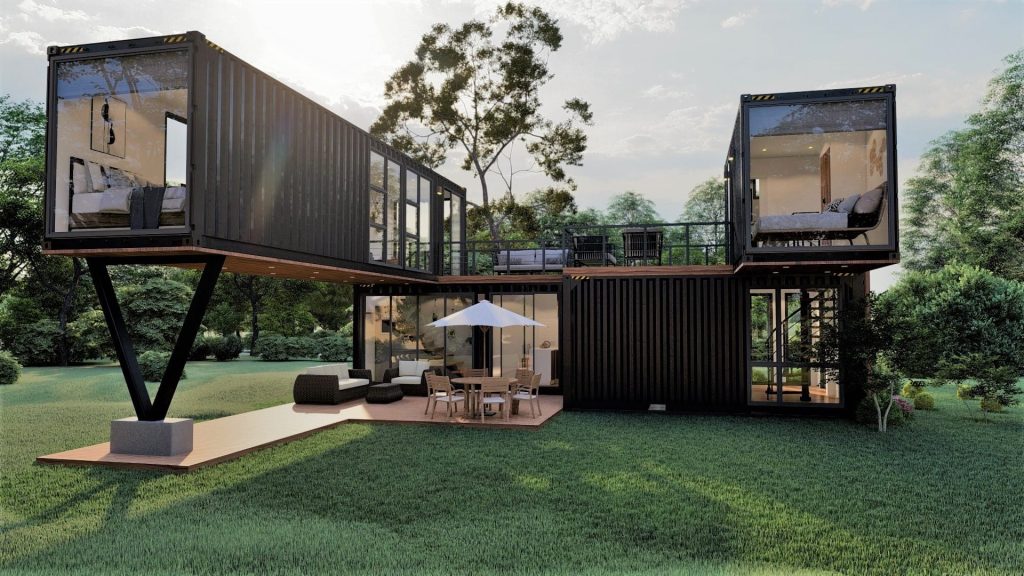
The primary use for shipping containers is to transport goods to destinations overseas – but it’s not the only use. There are plenty of creative, ‘outside the box’ uses for shipping containers. Take a look at some of these other creative shipping containers uses from around the world:
1. Housing
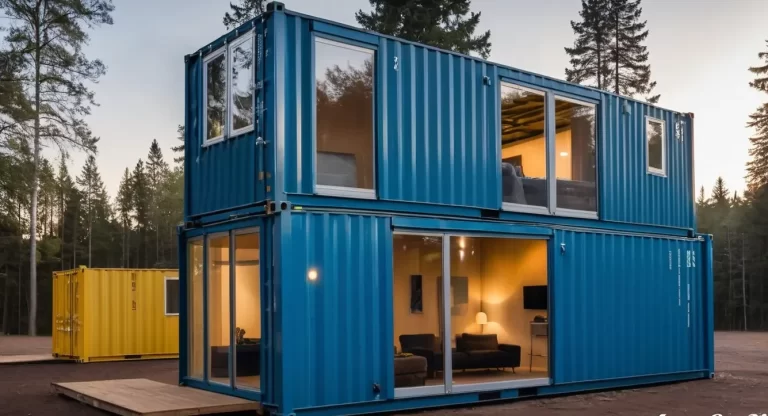
Shipping container homes can range in size and complexity from basic, single-container homes to luxurious, multi-container dream spaces. Because they’re less expensive, easy to transport, and have standardized sizing, they make an ideal choice for modular affordable housing. Lucy’s Place in Canada is a prime example. The affordable housing complex uses shipping containers stacked three units high to provide 320-square-foot apartments with a kitchen, living area, sleeping area, and bathroom.
Canada isn’t alone in this initiative. Cities across the world are using shipping containers to craft spaces for unhoused populations and those in need. You can find this style of shelter in the United States, Canada, and England.
2. Hotels
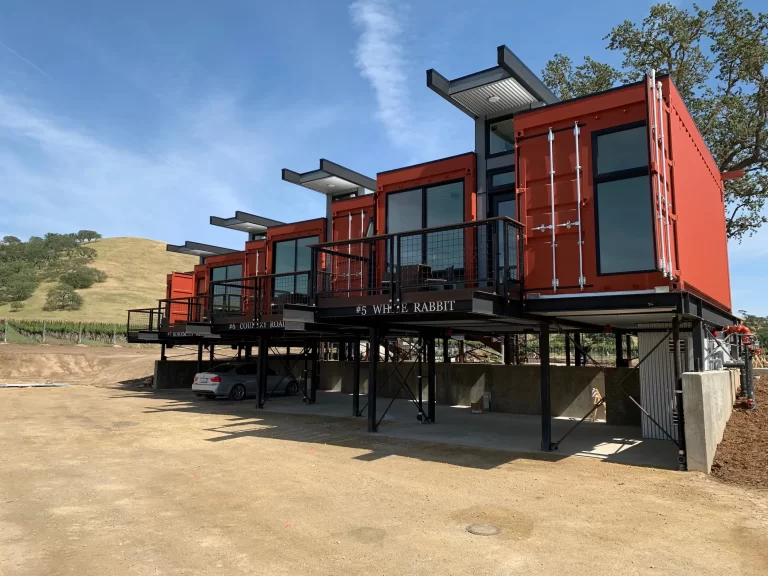
Beyond low-rise apartment buildings, shipping containers have been used to build entire hotels and hostels around the world. One example of this is the DOCK INN Hostel Warnemünde in Germany. The harborside hostel used 86 shipping containers, each with a separate sleeping and living area and outfitted with smart TVs, modern bathrooms, and Wi-Fi. Another sustainable accommodation innovation? Their main power source is solar panels.
Other uses of containers as hotels include Hotel California Road in Australia, Sarang by the Brook in Malaysia, Alterra Glamping in Argentina, and Quadrum Ski and Yoga Resort in Georgia.
3. Airbnbs
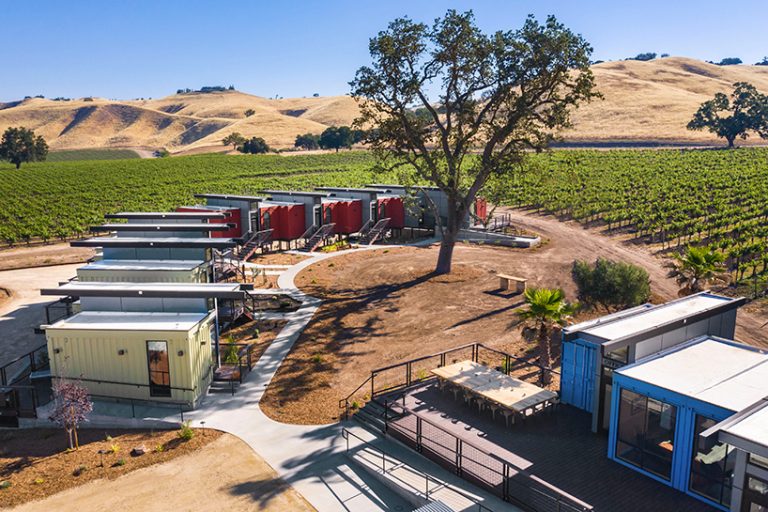
This modern 1,600-square-foot container house is located in picturesque rural Ohio — an ideal weekend getaway currently available for rent on Airbnb.
Shipping containers are more and more frequently being transformed into accessory dwelling units (ADUs) ripe for listing on Airbnb. From urban “granny annexes” to off-the-grid sanctuaries, shipping container stays have become surprisingly popular across the vacation rental website — so popular, in fact, that Airbnb has created a specific sub-section for shipping container homes.
Want to see how people are modifying shipping containers to rent on Airbnb? Check out The Top 10 Airbnb Container Homes from Around the World. And If you’re inspired to make your own shipping container dwelling for Airbnb use, explore our guide to building a shipping container home.
4. Restaurants
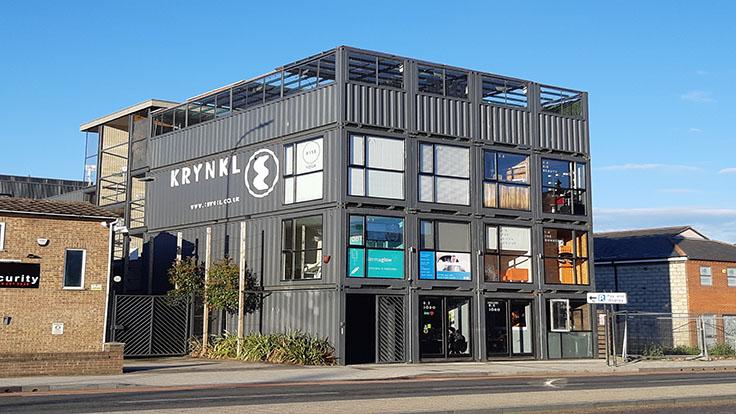
One creative use for shipping containers is to convert them into restaurant spaces. For instance, Mozza & Co. in Paris, France, uses a single shipping container for their restaurant space. To complete the experience, it has rows of picnic tables for patrons, who can eat their paninis in the sunshine and enjoy the view of the Seine.
Other shipping container restaurants include the DK Puerto Morelos in Mexico, Doca Steak Burger in Brazil, TREEBOX restaurant in Thailand, and Future Food System in Australia.
5. Bars
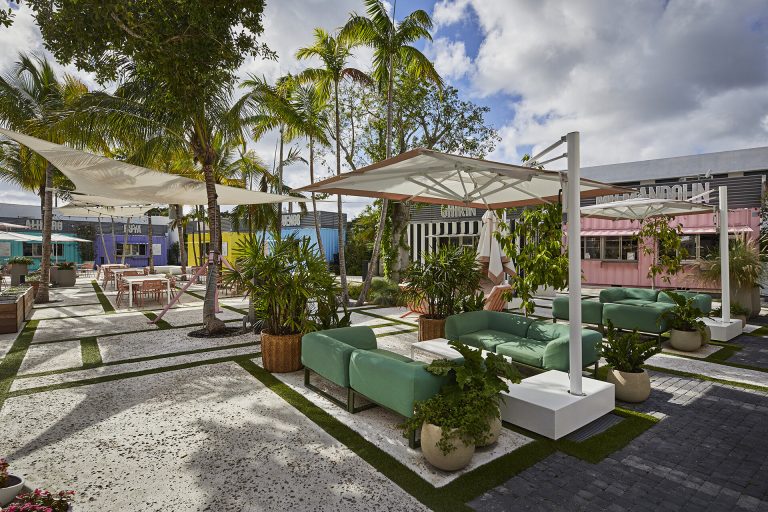
Needing even less space than restaurants, it makes sense that shipping containers make a great option for bars. Take, for example, the stunning Oasis Wynwood in Miami, Florida. The Oasis calls itself a ‘cultural hub’ that uses a variety of shipping containers as food kiosks, serving everything from pizza to dumplings. The focal point of the space is the Tower Bar, a tower made of colorful stacked shipping containers where at the bottom, visitors can grab a drink and enjoy the ambiance.
6. Cafes
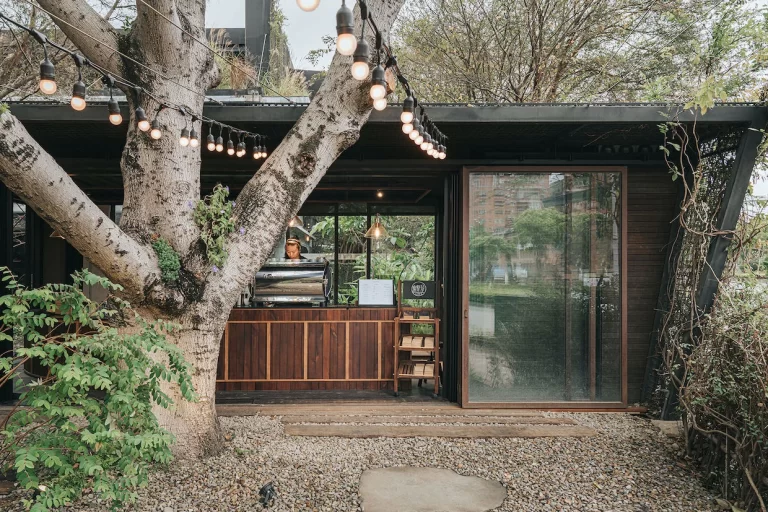
Ever dreamed of enjoying a cup of coffee at a cafe tucked inside a tranquil park? HOH Café in Taiwan — created from repurposed shipping containers by Infeel Architects — is just that. A small path in a bustling Hsinchu City neighborhood leads you to HOH Café, where the baristas making warm drinks can be viewed from any angle, adding to the overall experience. Other container cafes include Container Coffee in Ireland, The Butcher’s Daughter in the United States, Pastryology in the United Arab Emirates, and YEG Coffee Can in Canada.
7. Art Galleries
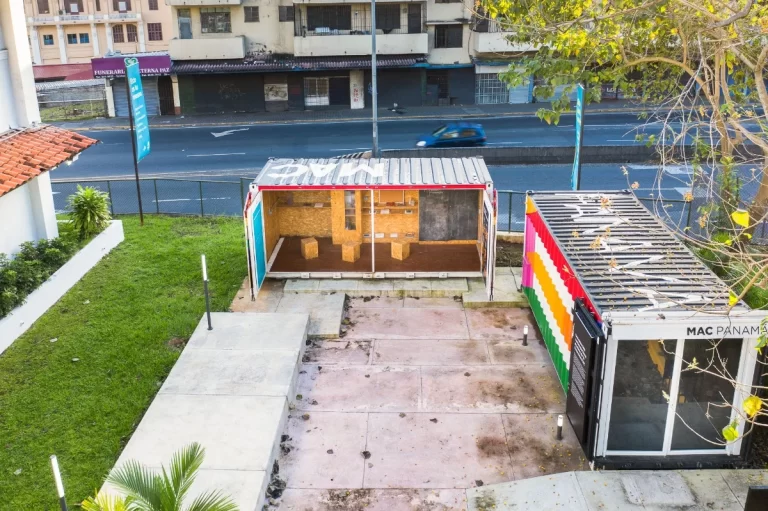
Shipping containers make incredibly convenient gallery spaces — especially when your gallery is on the move. In Panama City, architect Héctor Ayarza used two shipping containers to create the aptly named Wandering Museum. The art gallery is built to be packed up and moved to different neighborhoods around the city, allowing audiences to view works from the Museum of Contemporary Art that don’t have permanent space in the museum itself. Towed on the flatbed of a truck, the shipping containers made it easy to transport the exhibits all over the city, giving Panamanians a chance to view these less frequently seen pieces of art.
Other uses of containers as art galleries around the world are CC4441 in Japan and Bunker 2 in Canada.
8. Pop-Up Shops
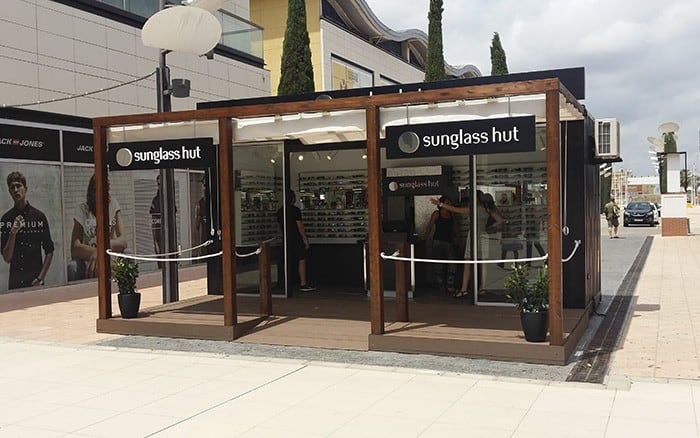
An increasingly popular use for containers is to create “pop-up” retail locations. Businesses turn shipping containers into kiosks, placing them in high-density areas where traditional brick-and-mortar space would be at a premium. A great example of this is the Pantone Café in Monaco, which served colorful treats out of a modified shipping container. According to Eater, “Each dish ‘responds to a matching hue.’ This means there are dishes like Pantone 16-1731, a strawberry ice cream that bears the same pink hue as the swatch, and the Pantone 19-1625, an eclair that is topped with a chocolate ganache of the same brown shade as the swatch.”
Other uses of shipping containers as pop-ups around the world include the Ride Cycle Club pop-up in Canada, the Louis Vuitton pop-up in the United States, and the Puma City pop-up in Spain.
9. Emergency Health Centers
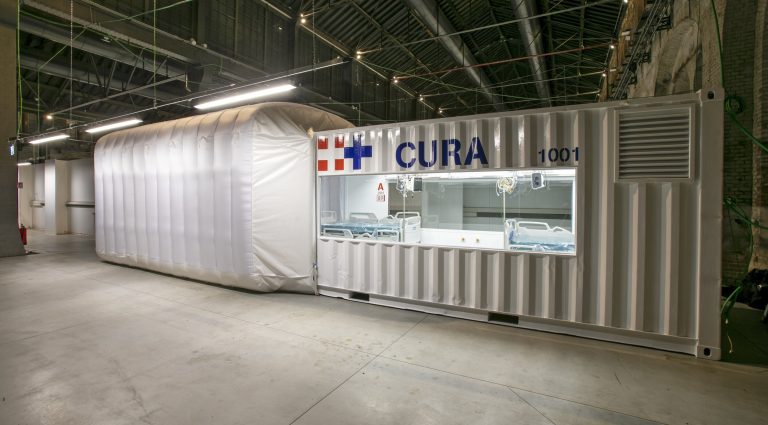
One of the most impressive container uses has been for emergency health centers. During the COVID-19 pandemic, many shipping containers were used to create pop-up COVID clinics, testing centers, and even intensive care units to accommodate COVID-19 patient overflow. Speaking to why shipping containers were used, Italian architect Carlo Ratti notes, “The key thing is the ease with which you can move these pods around. The waves of the virus travel to different regions so quickly, so we need to be able to deploy the intensive care units wherever they are needed most. The advantage of the shipping container is that the infrastructure for moving them already exists.”
These shipping container ICUs were built and used in the United States, Canada, South Korea, Italy, Kuwait, and the United Arab Emirates.
10. Schools
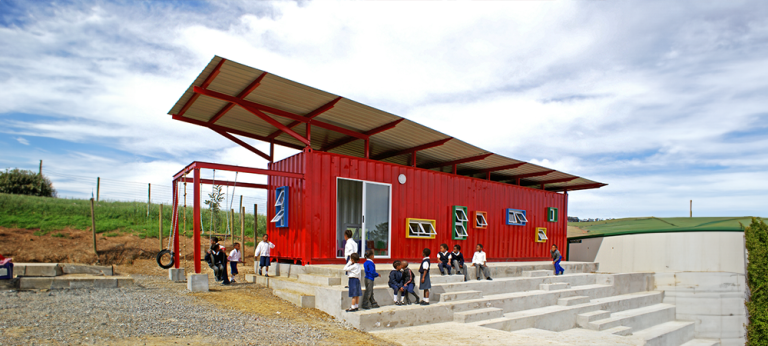
Just as shipping containers have made it easy to pick up and move ICUs, they’ve also mobilized education. Take for example The DigiTruck IT Classroom, a mobile classroom that brings digital skills and education to remote communities. Created in 2015 from a shipping container in Tanzania, the portable classroom provides an educational space for the children at the Neema Orphanage. Today there are 9 DigiTrucks situated in different countries, including South Africa, Kenya, Ethiopia, and France.
Other instances of shipping containers being used as schools are the APAP OpenSchool in South Korea and The Waldorf School in the United States.
As you can see, there are so many creative uses for shipping containers — from houses to hospitals, schools to cafes. Feeling inspired to start your own creative shipping container project? Browse Boxhub’s 40ft shipping containers and 20ft shipping containers for sale.
